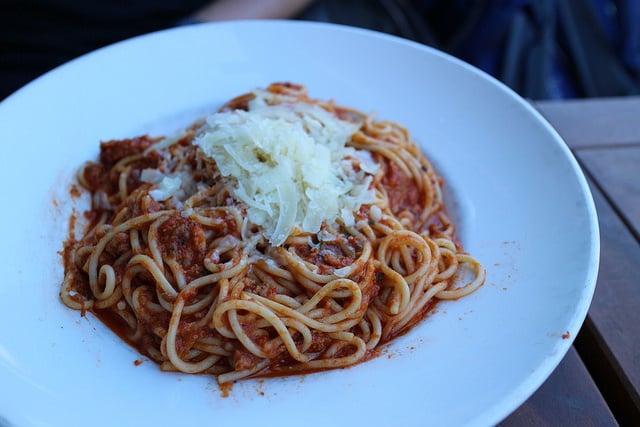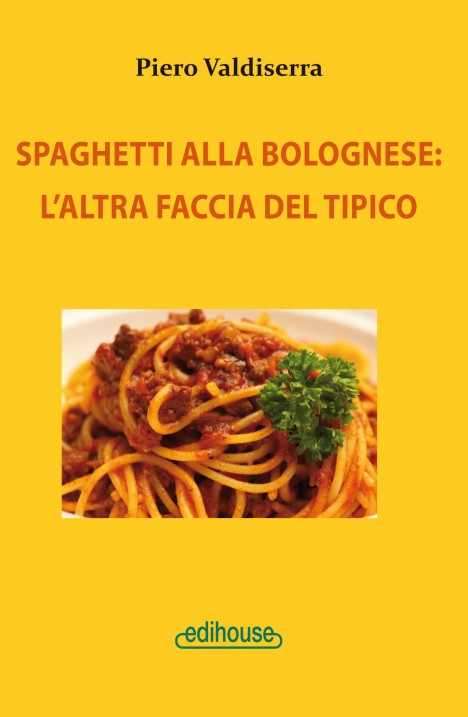“There should be a fine for those who throw cigarette butts on the street. The law should be stricter,” Ulla Hamilton, city councillor for traffic in Stockholm, told DN on Friday.
Accoding to the report, Sweden’s controversial littering law grants police the power to fine offenders on the spot but the Riksdag chose to excuse from penalty those who toss bus tickets, cigarette butts and chewing gum.
While the clean-up of litter costs communities billions of kronor each year, the infant law has reportedly had little effect.
More than 90 percent of Sweden’s municipalities believe that the rate of littering has remained at the same level as before the law was enforced in early July, according to DN.
And some believe that Parliament’s move to exclude certain litterbugs will further damage the law’s effectiveness.
“Allowing some to litter will make it harder to enforce the law. Throwing cigarette butts on the street opens it up to a collective behavior that says that it is okay to litter,” Joakim Brodahl from the Keep Sweden Clean (Håll Sverige Rent), told the DN.
Furthermore, police reportedly rarely fine offenders.
“For police, it is a priority issue. We have to see the crime occur and the public will not accept that we keep watch from park shrubberies,” Bengt Svensson, a police commissioner from the National Police, Rikspolisstyrelsen, told DN.
Irene Oskarsson, a member of the Parliament’s environment committee, said that the police still have a few resources to prioritize this type of crime.
“But the law is good,” Oskarsson said to DN.
Svensson, however, defends the pace of the litter law’s effect.
“This kind of laws will take time before it penetrates the public. This has been the case with the helmet requirement for minors cyclists and the ban on urinating in public places,” police commissioner Svensson said to the paper.
The Keep Sweden Tidy Foundation (Stiftelsen Håll Sverige Rent), has previously tried to identify which groups of people clutter the most.
“Our general profile shows that there are many who litter, but especially male smokers aged 15-19 years are characterized by frequent littering,” said Brodahl to DN.





 Please whitelist us to continue reading.
Please whitelist us to continue reading.
Member comments